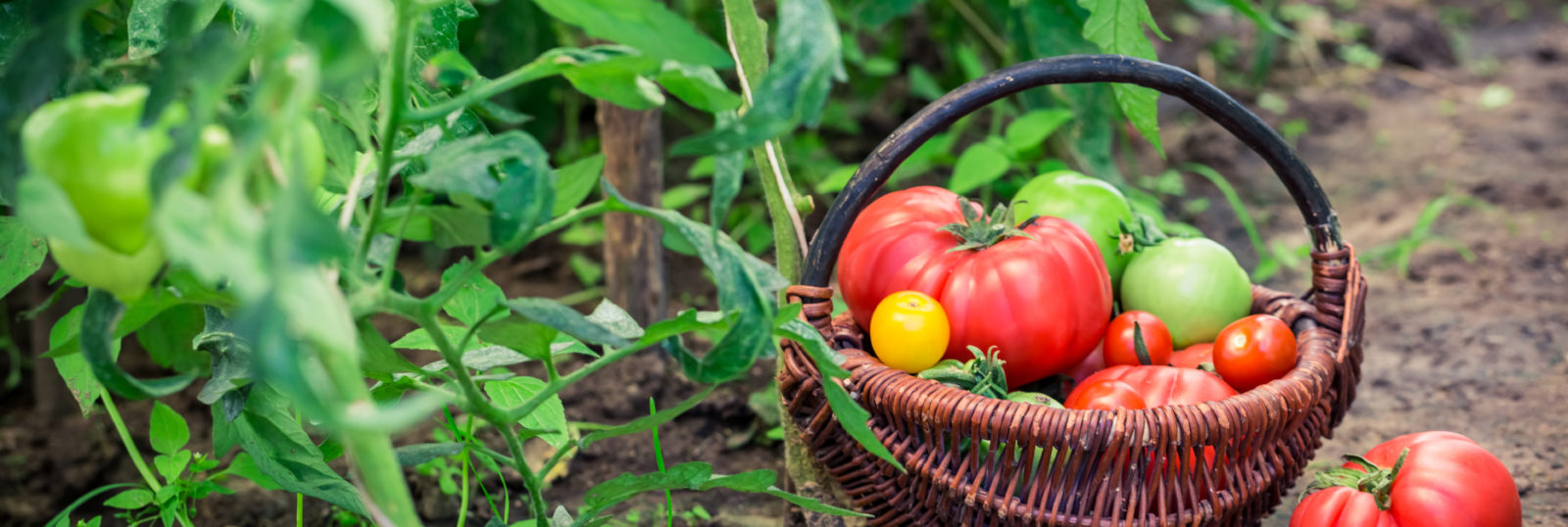According to the United States Department of Agriculture, nearly 50 million Americans simply do not have enough to eat. Before you dismiss the phrase “50 million” as just another, incomprehensible number, consider it this way: if you add together the populations of Alaska, Arkansas, Connecticut, Delaware, Hawaii, Iowa, Idaho, Kansas, Kentucky, Maine, Missouri, Montana, North Dakota, Nebraska, New Hampshire, New Mexico, Nevada, Oklahoma, Oregon, Rhode Island, South Dakota, Vermont, and West Virginia—nearly half of the states in our Union—you would have around 49 million people. Of these 50 million hungry people—officially dubbed “food insecure”—15.8 million are children, and many others are elderly, disabled, or veterans.
In 2014, a National Gardening Association study found more than 42 million Americans maintain home gardens that produce fruit, vegetables, and herbs, and this number is increasing. Once the harvest gets going, growers frequently find themselves with an abundance of produce—there’s only so many zucchini you can give to friends and still have them call you a friend. Some gardeners compost the excesses while others let it rot in the garden or throw it in the trash. You may also experience this phenomenon if you belong to a CSA; after all, there is a limit to how much cabbage a family of four can consume.
Millions of home growers don’t know that they can donate excess produce to local food pantries. Likewise, there are thousands of food pantries that may not know they can accept fresh food from individuals. In 2009, Gary Oppenheimer founded AmpleHarvest.org, to help bridge the gap between plentiful local produce production and food insecure individuals in the same community. The aim of AmpleHarvest.org is to connect millions of growers with local food pantries that desperately need their donations. The strain on food pantries has been rising since 2014, when Congress slashed funding for the Supplemental Nutrition Assistance Program.
Donating fresh produce to local food pantries offers a number of benefits to both the recipient as well as the community. Fresh produce is healthier than its canned counteparts that are often packed with excess salt and sugar. Children who are exposed to fresh veggies are more likely to eat a healthier diet when they get older, which reduces risk of future chronic disease and lowers future health care costs. Additionally, helping to feed people in our communities is by far the most cost-effective way of reducing malnutrition and food waste.
If you have a home garden, are a part of a community garden, or belong to a CSA, click here to find local food pantries to donate your food. Not a gardener but still want to help? You can drop off food items at local food banks, organize a community food drive, volunteer, or make a monetary donation.
We can reduce hunger in America garden by garden.

